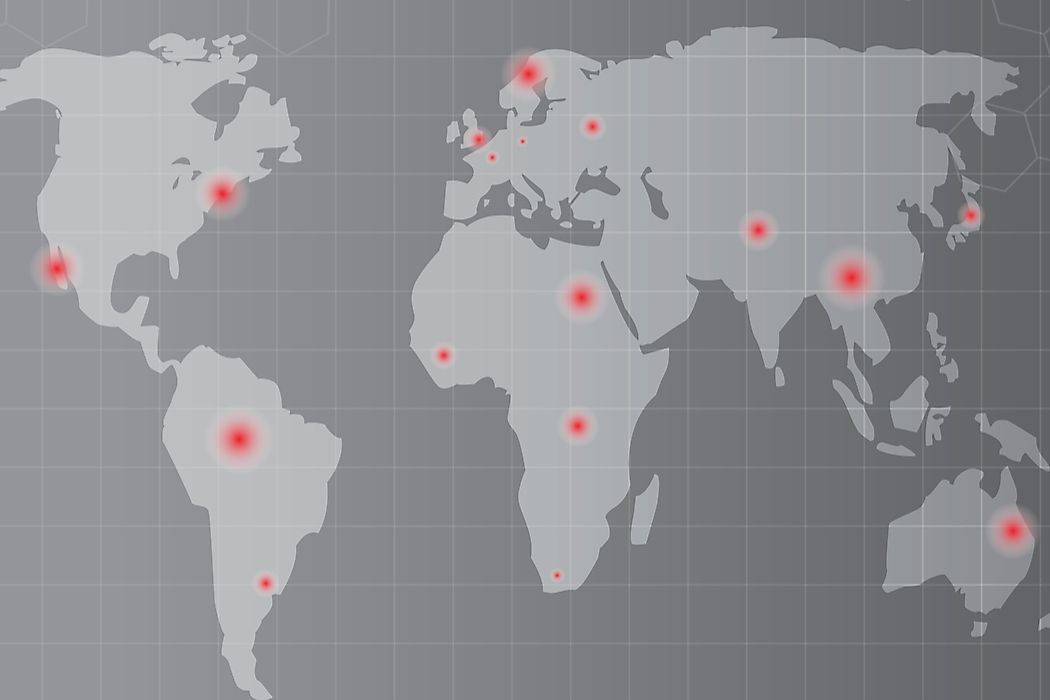What is the Difference Between A Pandemic And Epidemic?

- Ebola was discovered in Africa for the first time in 1976.
- Over 500,000,000 people worldwide contracted Spanish Flu.
- A pandemic is the spread of an epidemic globally.
When there is a disease outbreak, the most worrying thing is how the disease will spread. Some diseases spread from once country to another while others remain restricted to their country of origin. A disease that spreads across different nations is called a pandemic, whereas an illness that affects a larger population than expected but remains restricted to the place of origin is called an epidemic. To get an in-depth understanding of these two terms, we will define each separately.
What is an Epidemic?
Consistency is a common factor that characterizes a disease. Some diseases can spread very fast and can grow beyond the expected number of individuals over a given place and time. An epidemic is the occurrence of a disease that affects a large proportion of the population over a wide geographical area at a given time.
What is a Pandemic?
A pandemic is the spread of an epidemic globally. According to the World Health Organization, for a disease occurrence to be termed a pandemic it should meet two conditions. One, it must spread worldwide from one nation to another. Secondly, the occurrence of the disease must be seen, which means the people who are diseased must show signs.
The Difference Between a Pandemic and an Epidemic
Based on the definitions of each term above, we are able to differentiate the two. Firstly, an epidemic is an infectious, contagious, or viral disease that affects many individuals in a specific area. For example, if an outbreak of the swine flu took place in China, it would be termed an epidemic so long as the disease is restricted to China. An epidemic occurrence is in excess of the usually expected cases for a particular illness or infection.
On the other hand, during a pandemic, the infectious, contagious, or viral disease spreads outside the country in which the outbreak occurred. According to the World Health Organization, a pandemic can affect thousands to millions of people in various parts of the world.
Examples of Epidemics and Pandemics
Firstly, let us see an epidemic example. In 1976, Ebola was discovered in Africa for the first time. The viral disease is thought to have originated from either gorilla, fruit bats, or chimpanzees. From then onwards, outbreaks of the disease have been common. However, the 2014 outbreak, which started in West Africa, spread across the West Africa region. The epidemic killed thousands of people claiming the lives of 50 to 90% of those infected.
Now let us look at a pandemic example. In 1918, towards the end of the First World War, a unique flu virus named the Spanish Flu was discovered in one of the United States military stations in Kansas. Only six months after the discovery, the virus had spread to other parts of the world, and it is estimated to have killed between 20,000,000 to 100,000,000 million people. It is believed that over 500,000,000 people worldwide contracted the disease.
In 2020 the WHO (World's Health Organization), officially confirmed a new pandemic, Covid-19 a string of Coronavirus. This epidemic grew quickly, According to the WHO, 118 countries were affected as of March 2020, and over 125,000 cases have been confirmed.











